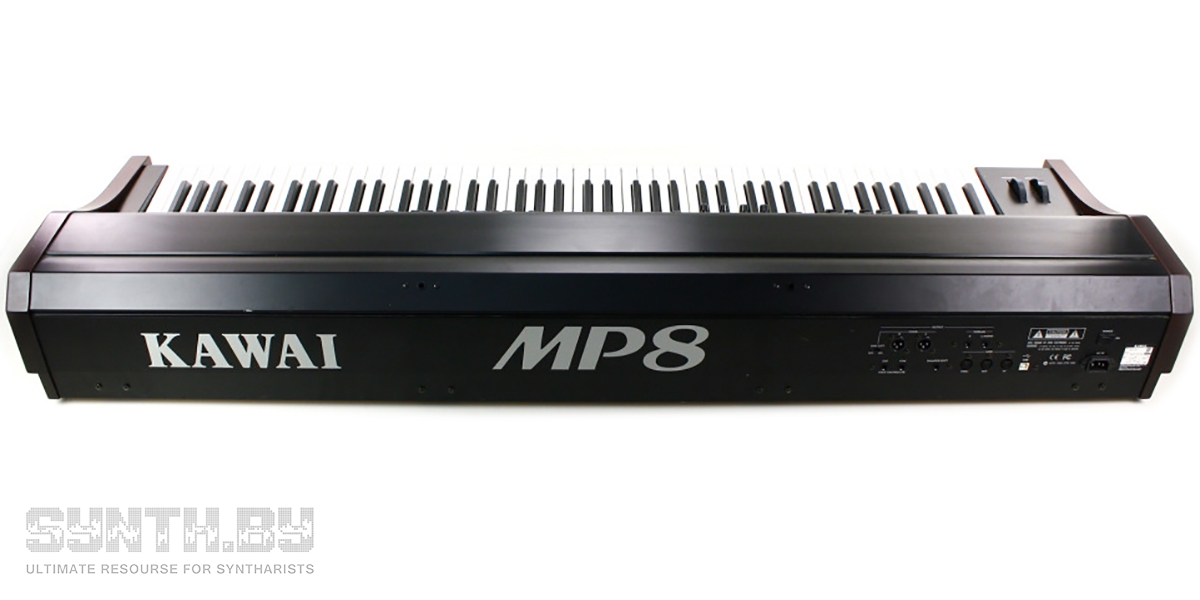
A buffer size of 64 samples was the sweet spot for me. Buffer Sizeĭecreasing the buffer size reduces latency at the expense of CPU cycles.

It offered slightly better performance than 44.1 KHz without crazy CPU spikes. A sample rate of 48 KHz was the sweet spot for me. Increasing sample rate reduces latency at the expense of CPU cycles. If you want a top tier USB DAC, check out the Grace Design m920. The way, if you’re looking for an affordable audio interface with super low latency, look no further than the Zoom UAC-2. This made sense to me until I saw this photo on Kawai’s VPC1 website. This prevents people from unknowingly ruining the VPC1’s intended UX design with electronic distractions.

Only then are you ready to play the instrument. What do you do before you can play the instrument? You raise the keylid and remove the protective red felt. Imaging sitting down at an acoustic piano. The lack of a power button is one of the defining aspects of an acoustic piano’s user experience, so why did Kawai not take this into consideration when designing the VPC1’s UX? Why does the VPC1 even need a power button? When was the last time you saw a true acoustic piano with a power button? I would have preferred if the power button was under the instrument, or perhaps on the back panel next to the power port. It really doesn’t belong on the otherwise beautifully blank top casing. There are so many better places to stick a glowing red power button.


 0 kommentar(er)
0 kommentar(er)
